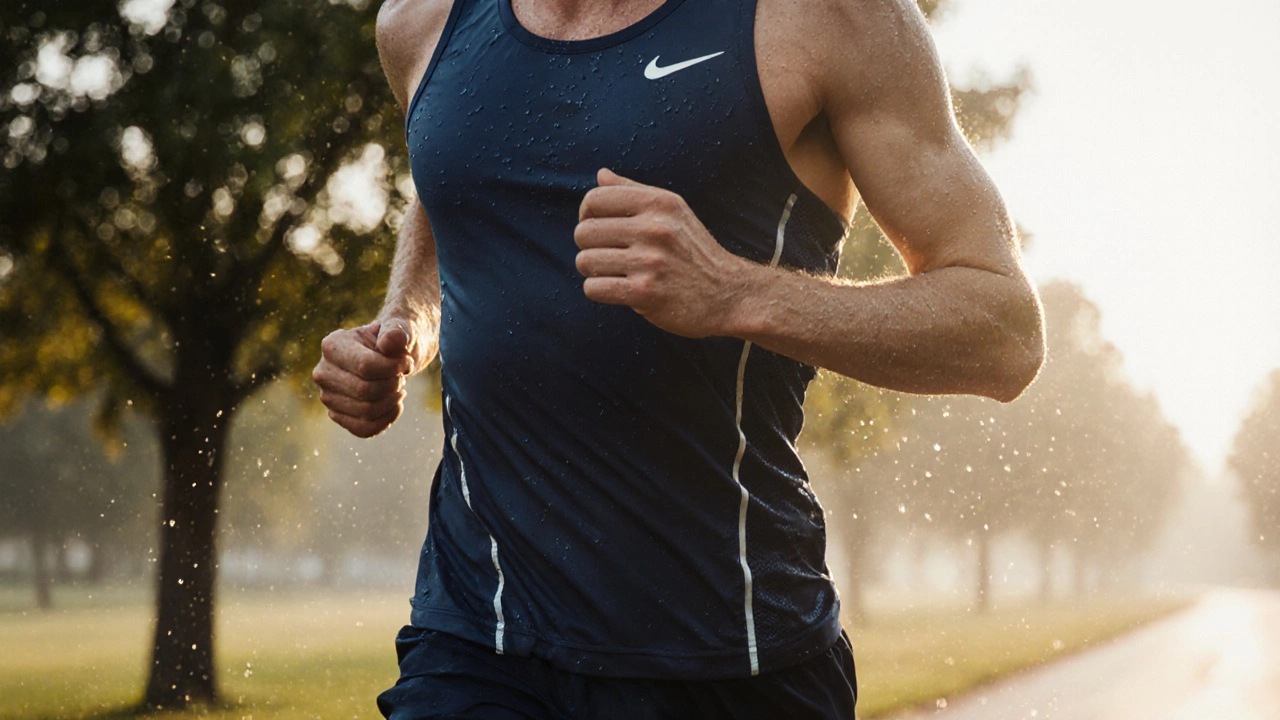Ergonomics in Fashion and Footwear
When talking about ergonomics, the science of designing products that fit the human body and enhance comfort. Also known as human‑centric design, ergonomics influences everything from office chairs to the sneakers you wear on a jog. In the world of clothing, it’s the bridge between style and wellbeing, ensuring that every stitch, seam, and sole works with your body instead of against it.
One core partner of ergonomics is comfort, the feeling of physical ease and reduced strain while wearing an item. Comfort isn’t just a luxury; it’s a measurable attribute that impacts posture, circulation, and even mood. For instance, a well‑engineered pair of shoes distributes pressure evenly across the foot, preventing hotspots and fatigue during long walks. Likewise, breathable fabrics that wick moisture keep the skin dry, lowering the risk of irritation. By prioritizing comfort, designers can create apparel that feels natural, encouraging longer wear and better health outcomes.
Another essential element is fit, how closely a garment follows the contours of the body without restricting movement. A perfect fit respects natural body mechanics, allowing joints to move freely while maintaining support where needed. Modern brands use stretch‑knit technologies and adjustable features to accommodate a range of body shapes, reducing the guesswork for shoppers. When fit aligns with ergonomic principles, clothing becomes an extension of the wearer, promoting confidence and reducing the chance of strain injuries.
How Ergonomics Shapes Everyday Wardrobe Choices
Ergonomics also touches on footwear design, the process of creating shoes that support foot anatomy and movement patterns. Designers consider arch support, heel drop, and sole flexibility to match activities from office work to high‑intensity sports. A shoe with adequate arch support can alleviate lower back pain, while a flexible sole encourages a natural gait, lowering impact on knees and hips. By integrating ergonomic data, brands like Nula can offer shoes that not only look good but also protect your body during daily routines.
Beyond personal comfort, ergonomics plays a vital role in workplace safety, the set of practices that reduce injury risk in professional settings. Employers often require safety footwear that meets ergonomic standards, ensuring slip resistance and foot protection on demanding job sites. Understanding these requirements helps shoppers choose the right pair for both style and compliance, turning a fashion decision into a health‑saving one.
Putting it all together, ergonomics encompasses comfort, fit, footwear design, and workplace safety. It requires designers to blend technical insights with aesthetic sensibility, creating pieces that look sharp and feel right. This synergy is why you’ll see a surge of articles covering everything from “When Did UGGs Lose Their Fashion Edge?” to “How to Know When to Toss Your Leather Shoes.” Each piece reflects an ergonomic angle—whether it’s assessing durability, style longevity, or health impact.
Below you’ll find a curated collection of articles that dive deeper into these topics. From practical tips on keeping cool in summer fabrics to straight‑forward guides on clothing terminology across the UK and US, the posts explore ergonomic principles in real‑world scenarios. Browse through, pick up actionable advice, and see how ergonomic thinking can upgrade your wardrobe and your wellbeing.
- Cleo Fairchild
- Oct, 16 2025
- 0 Comments
Key Characteristics of Sportswear: Performance, Comfort & Style
Discover the key traits of sportswear, from moisture‑wicking fabrics and ergonomic design to sustainability and brand examples, plus a buying checklist.
